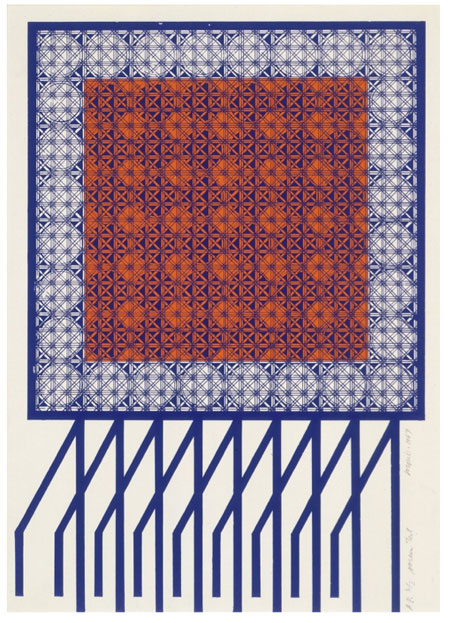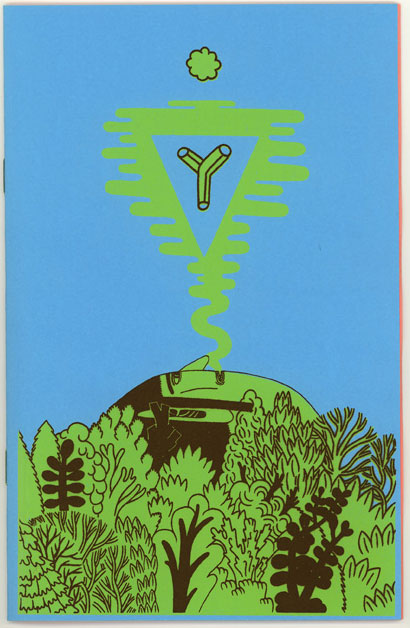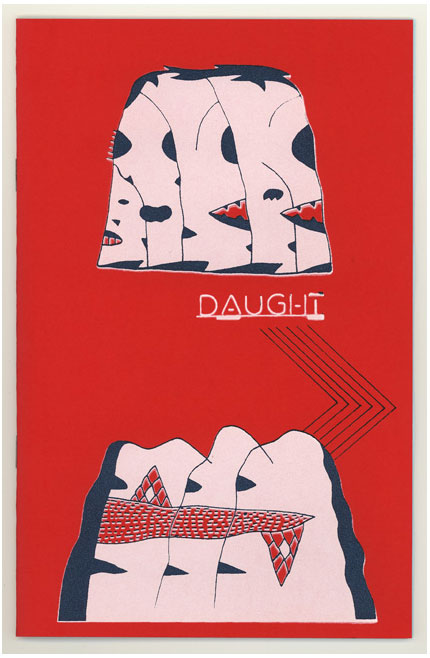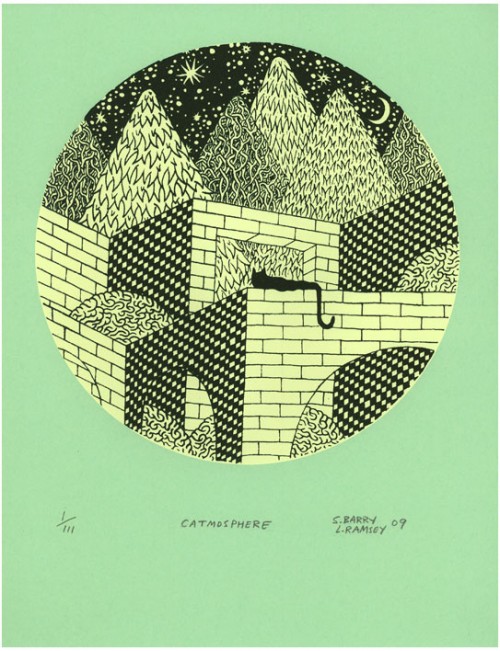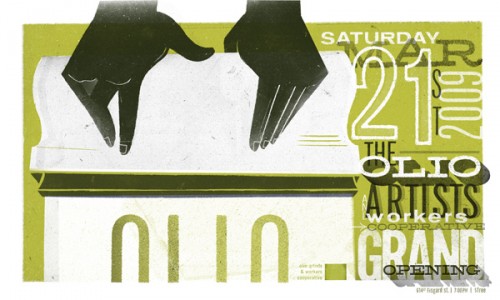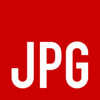
Why do artists really sign prints? It makes them worth more$$$? Makes the print more of an original because the artist has come in contact with the print? To authenticate ? I think a signature should be used as a method of showing that the artist has approved the print. The artist is stating that this print is of quality in visual craftsmanship and longevity. Think twice before signing your name to a laser copier print or other unarchival medium. In my opinion there is no problem selling low cost colour copy prints (in open editions), but by signing them your telling the buyer that this is a true piece of art. I don't think this is a fair practice when shortly down the line the print is faded and all that's left is the ink from your signature.
I've compiled a glossary of the different kinds of print editions, terms and what they're all about. This section will be updated from time to time as I learn and re-learn about the subject.
Chop Mark
A small design like a logo which displays the company or person who printed or sold the print. Printers use a chop mark to show that the print was created in their studio. Publishers use a chop mark to show that they commissioned and published the edition. Dealers and galleries also sometimes add their chop mark to show that they sold the print.
Reproduction
A copy of an original piece of art by means of a photograph or digital scan. This duplication is then printed by offset printer, Giclée (High Quality Ink Jet - Iris Printer) or any mechanical method where the artist does not have a hand in the printing.
Edition
The number of prints made of one design on a matrix. The artist chooses the number of prints in the edition. The prints are as similar as possible and are matched to one print which the artist selects as perfect (bon à tirer). As an example the prints are marked 1/25, 2/25, 3/25 which would be the third print out of a total of twenty five prints. After printing the edition the printing plate should be defaced or destroyed.
Special Edition
Special Edition prints are numbered in Roman Numerals (e.g.  X/XV). They are created to commemorate a special occasion or use of a canceled plate which creates a similar but different print. These prints have a Roman numeral "II" after the title.
Preferred Edition
A preferred edition is similar to a special edition but usually is printed on a better or different paper than the rest of the edition.
Varied Edition
The artist purposely makes changes throughout the edition such as ink & paper colour.
Artist's Proof
Formerly, when an artist was commissioned to execute a print, he was provided with lodging and living expenses, a printing studio and workmen, supplies and paper. The artist was given a portion of the edition (to sell) as payment for his work. Today, while artists get paid for their editions, the tradition of the "artist's proof" has remained. Artist's proofs are usually annotated "Artist Proof," "A.P.," "Épreuve d'Artiste" or "E.A." Artists Proofs should not be more than 10% of the total edition size or 5 prints in small editions. A.P. are considered more valuable because of the quantity made and the connection they have with the artist. Unfortunately this convention has been abused and at times there have been more artists proofs than regular prints in an edition.
Trial Proof
A working proof. Pulled before the edition, to see what the print looks like at a stage of development; this differs from the edition. There can be any number of trial proofs, but usually it is a small number and each one differs from the others.
Bon à tirer
Bon à tirer means "good to pull" in French. It is also called R.T.P (Ready to Print) in the US. If the artist is not printing his own edition, the bon à tirer proof is the final trial proof. There is usually only one of these proofs. This is the trial proof that the artist approves, telling the printer that this is the way he wants the edition to look; it is often accompanied by printing notes, such as paper, ink or inking process and it is the one print used as a reference for the printing of the whole edition.
Cancellation Proof
At the end of an edition the plate is to be defaced so no more prints can be made. A cancellation proof is print made which shows the defaced plate.
Printer's Proof
A complimentary copy of the print given to the publisher. There can be from one to several of these proofs, depending on how many craftsmen (printers) were involved in the production of the print.
Hors Commerce
Proofs annotated "H.C." are supposedly "not for sale." These "proofs" started appearing on the market as part of editions printed in the late 1960s. These proofs are meant for business use only and can become worn and damaged from handling.
Presentation Proof
Identical to the edition but usually reserved as gifts.
Posthumous Edition
is one printed from a matrix after the death of an artist.
Remarqué
The practice of adding a small personal drawing near the signature in the margin. Similar to a chop but is hand drawn and therefore different each print.
Restrike
Restrike is the term used for a print made from a canceled plate.
Suite
A term for a series of prints done by an individual artist or a series of artists based on a theme. They may be sold individually or separately.
Dedicated Print
A print signed and dedicated to family, a friend or publisher.
Imp
Imp comes from the latin "has printed it" and means that the artist has printed the print personally.
Multiple
A print that does not belong to an edition. The artist or publisher has chosen not to set a limit to the number of print made. Often called an open edition.
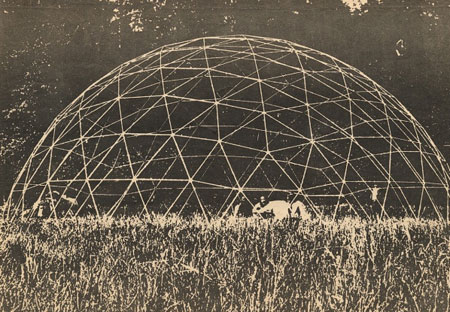
![Bodo Pfeifer - Screen Print Title: Untitled Artist: Bodo Pfeifer Date: 1968 Format: Print [silkscreen] Location: Collection of the Vancouver Art Gallery](http://static.squarespace.com/static/51b79387e4b06b939d343f1c/51b80310e4b0fa90afcb1e28/51b8036ae4b0fa90afcb2a67/1371013994825/ruins_in_process_print11.jpg?format=original)

